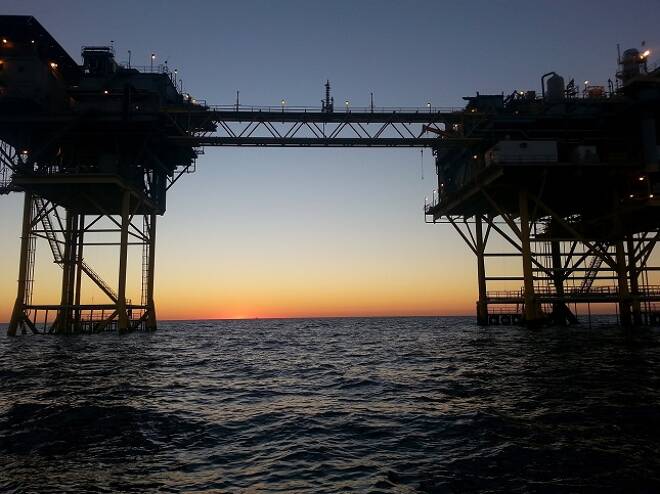Advertisement
Advertisement
Will The Natural Gas Rally Continue?
By:
Natural gas is a flammable gas that is used as a major source of power generation, cooling and heating, feedstock for chemical industry, Cleaner and
Natural gas is a flammable gas that is used as a major source of power generation, cooling and heating, feedstock for chemical industry, Cleaner and cheaper alternative to other transport fuels such as petrol and diesel and Fertilizers – natural gas is a major feedstock for the production of ammonia.
As a result, we see the transfer of power plants which powered by coal or oil to liquefied gas. The U.S. Energy Information Agency (EIA) projects that overall gas consumption will continue to increase, under existing policy, at least until 2040.
Natural Gas Rig Count
On August 19, 2016, Baker Hughes reported that the US natural gas rig count was flat at 83 rigs from August 12–19, 2016.
The US natural gas rig count peaked at 1,606 rigs on September 12, 2008. In contrast, it hit a low of 81 rigs in the week ending August 5, 2016. The gas rig count is down by 94.9% from its peak level.
“The US Energy Information Agency’s latest Short-Term Energy Outlook reports that energy-related CO2 emissions from natural gas are expected to be 10% higher than coal emissions for 2016.”
In addition, Seasonal weather conditions would have a short-term impact on natural gas prices due to the change in the demand for natural gas.
US Natural Gas Price Forecast
‘Argent Energy Advisors’ estimates that US natural gas prices may not exceed $2.70 per MMBtu(million British thermal units) in September 2016, they also forecast that price might not exceed $2.80 per MMBtu between September to October 2016. Prices are also expected to trade below $3.27 per MMBtu for the winter, between November 2016 to March 2017. ‘Futures Group’ estimates that $3 per MMBtu might be the upper limit for US natural gas prices in 2016
The EIA (U.S. Energy Information Administration) reported that US natural gas prices will average $2.41 per MMBtu in 2016 and $2.95 per MMBtu in 2017.
Natural Gas Technical Analysis
Natural gas prices have risen for five consecutive trading days, gaining over 10% in just a week.
Natural gas’s strong rally last week should indicate that consolidation pattern from 2.998 has completed at 2.523. Further rise is expected this week for 3.10 first. A Break above $3.10 will extend the rally to the next level 4.00. On the downside, a break below 2.71 support level will extend the consolidation pattern from 2.998 with another fall.
US natural gas inventories are 11.7% more than their five-year average. High natural gas inventories could pressure US natural gas prices to decline. Lower natural gas prices have a negative impact on oil and gas producers.
The conclusion from COT(Commitment of Traders) report is that currently there is a similar pattern which also occurred in late 2013. Last time, in this period, the natural gas rose from 3.94 to 5.72 $.
There is also an interesting technical pattern in natural gas chart – flag pattern. This must be taken into account as we should expect to see natural gas climb to $4 area, in the case of a break above $3.10.
About the Author
Yaki Kellmerauthor
Latest news and analysis
Advertisement
